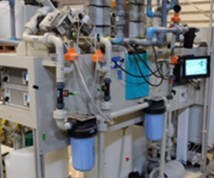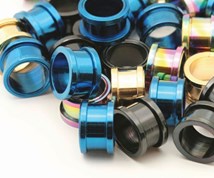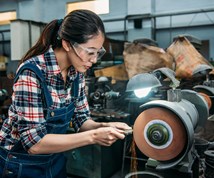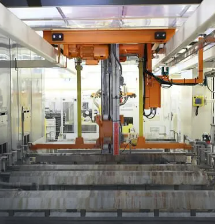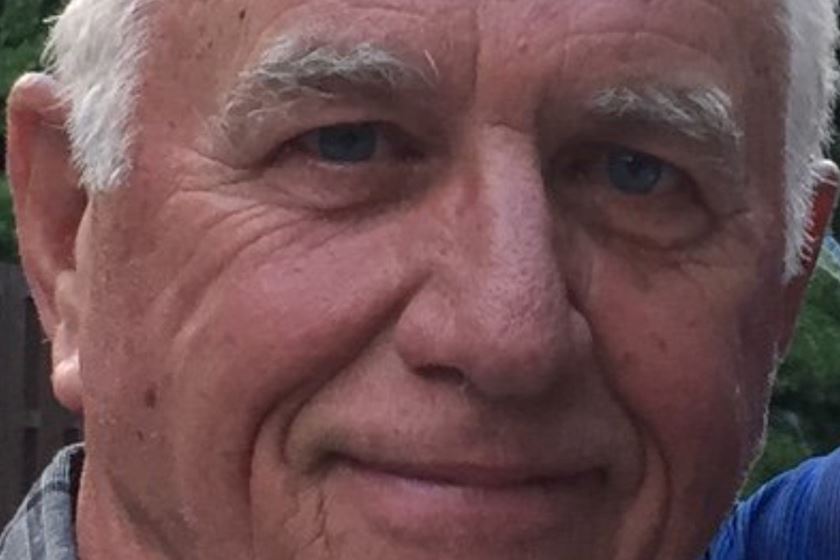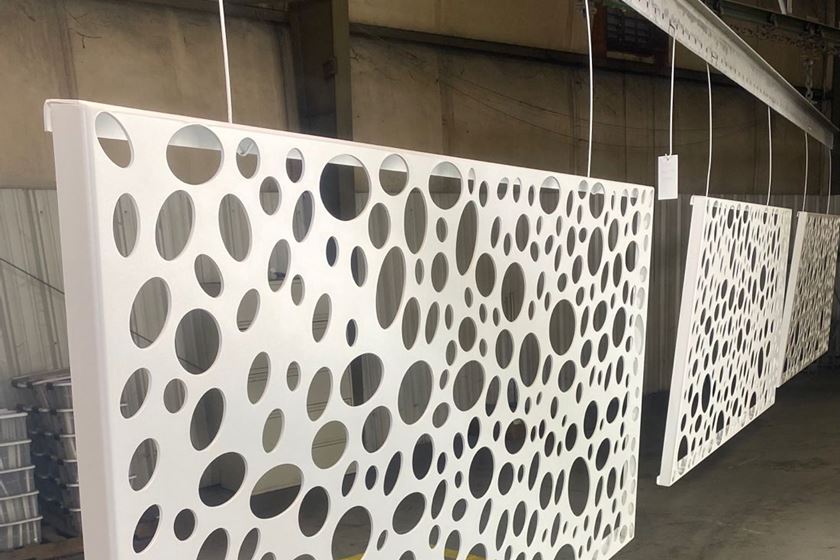Coating Analysis
What are the most energy-intensive areas one can intervene in a standard coating process?
#energy
Q. I am a student researching the best way to analyze a painting process, from application to over curing. From your experience, what are the most energy-intensive areas one can intervene in a standard coating process?—S.B.
A. This is a very comprehensive question as it entails many possible variables. Cost analysis is really contingent on the type of operation you want to evaluate. One example: will your analysis be based on manual or automated manufacturing? Evaluate the entire paint process, because each step can potentially have hidden cost, which can affect energy consumption and profitability.
Featured Content
Validation of Coating Materials
What are the paint material requirements, and what energy cost is required to properly apply the material? Why is this important? Coating chemistries are often formulated to accommodate many manufacturing requirements. Be certain the coating used satisfies what manufacturing is capable of profitably producing. These requirements can range from proper viscosity, parts handling, drying perimeters, sanding and more. Failure to identify each of the requirements that a particular coating may need could result in unexpected labor and manufacturing cost.
Validation of Application
What is your transfer efficiency, and why is this important when analyzing a paint process? Transfer efficiency is the percentage of paint material that actually makes it to the surface of the substrate while spraying. Improper spray application and technique can really bring this percentage down due to excessive material waste, not to mention the excessive usage of ventilation and compressed air supply. Even though gun technologies have evolved greatly over the past decade, understanding proper spray gun technology for your application can improve your transfer efficiency from 40-50 percent up to 70-80 percent or even higher with proper training. But the right spray gun technology is only part of the success, as you also need to incorporate proper tip sizes, air pressures, fluid pressures, gun-to-part distance, fan width, triggering and gun speed.
Validation of Drying or Curing Perimeters
What are the temperature and dwell-time requirements for drying/curing the coating material, as energy costs can tremendously impact profitability. Air make-up or not, and why is this important? Without an air make-up system, several things will occur. First you will lose valuable heated air through the exhaust system while you are applying material. Second, in many cases you will create a negative air pressure in the room, which helps to draw contaminants to a wet painted surface. However, adding an air make-up unit will help you recapture and reintroduce continuous temperature-controlled air back into the spray room environment. Air make-up will also help balance out the positive/negative air pressure in a spray room. Again, why is this important? As mentioned, dirt and debris are the enemies of a finish department, and reworks add additional material and labor cost. Independent of each other, material, application and drying/curing do not appear to make an impact on energy consumption and profitability. That is why it is important to analyze the entire paint process. I have found that when you cumulatively make small gains in each area and then combine those gains, you will see a major impact on the energy consumption and bottom line profitability.
RELATED CONTENT
-
Masking for Surface Finishing
Masking is employed in most any metal finishing operation where only a specifically defined area of the surface of a part must be exposed to a process. Conversely, masking may be employed on a surface where treatment is either not required or must be avoided. This article covers the many aspects of masking for metal finishing, including applications, methods and the various types of masking employed.
-
Preventing Solvent Pop
Preventing solvent pop on an industrial paint line...
-
Drivers of Change
Is your metal finishing software ready for an upgrade?



